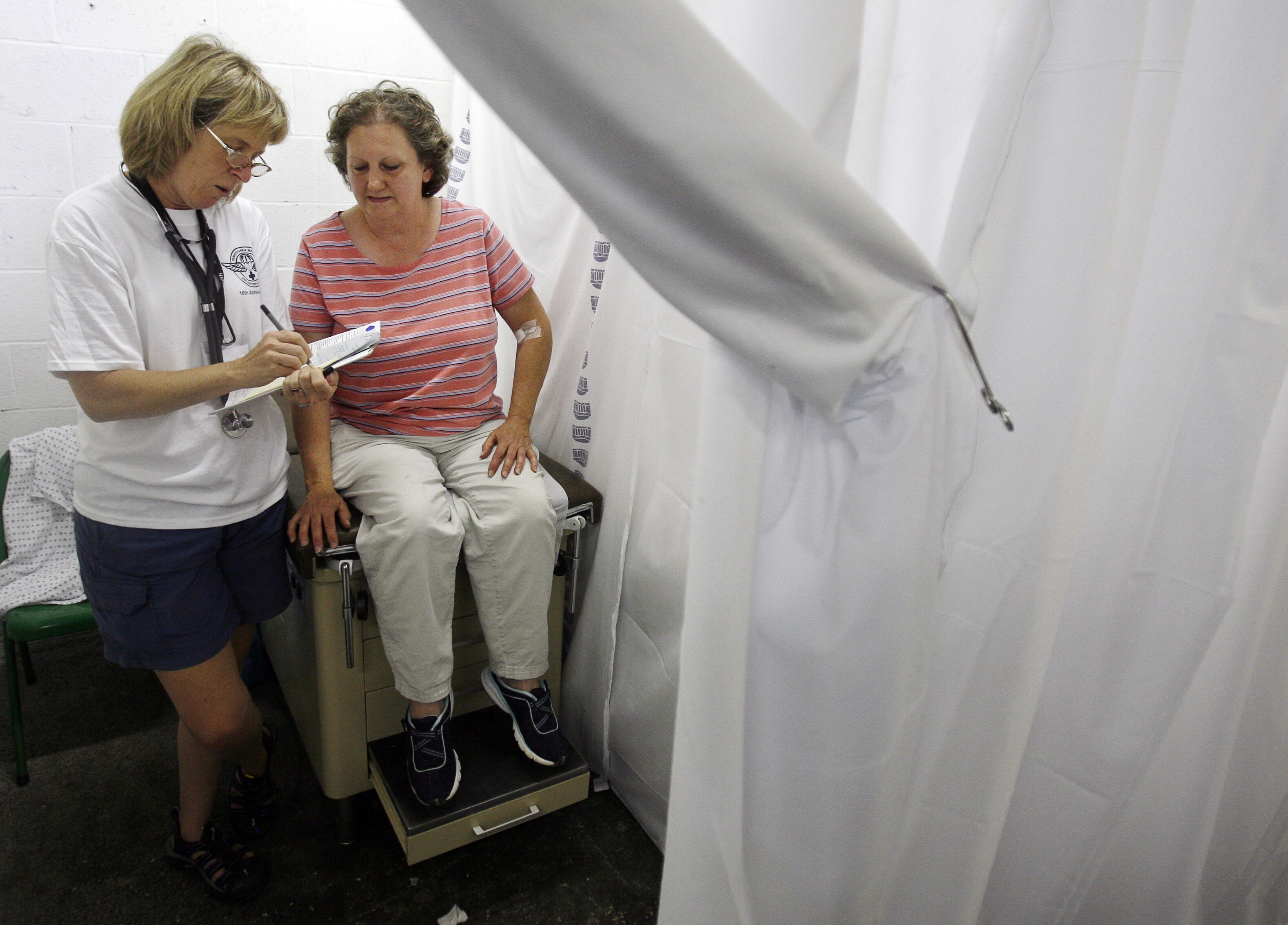The MENA countries have fallen into the ‘middle-income trap’. Here’s how they can break out

Incumbent technology firms in the MENA region feel little pressure to innovate due to the high barriers to entry for foreign businesses.
Image: REUTERS/TIMA
Rachel Yuting Fan
Economist, Office of the Chief Economist for Middle East and North Africa, World BankStay up to date:
Technological Transformation
Countries commonly climb to middle-income status, only to get stuck there – suddenly experiencing the low pervasive growth that Gill and Kharas (2007) refer to as the 'middle-income trap'. Debate about the trap has tended to focus on countries in East Asia and the Pacific (EAP). Commentators often use the term to describe the risk of a growth ceiling for countries such as Malaysia, Vietnam, and China.1
Researchers have investigated the risks associated with the trap in Asia, as well as the reforms needed to escape it. Ohno and Le (2015) did this for Vietnam, Fragen et al. (2013) for Malaysia, while Eichengreen et al. (2012) and Glaw and Wagner (2017) did the same for China. Yet the Middle East and North Africa (MENA) region has largely been overlooked in this debate, even though the region appears stuck in pervasive low growth (Yousef 2004).
We argue that MENA has more signs of a middle-income trap than EAP does (Arezki et al. 2019). To show why, we adopt a non-parametric analysis of growth dynamics that helps flexibly capture sharp changes in growth. Results from the non-parametric regressions show that growth in GDP per capita in MENA countries quickly declines as income levels rise. In contrast, growth in GDP per capita in EAP is not only higher on average along the income ladder, but also declines at much higher levels of income (Figure 1). A similar story emerges if we compare growth in total factor productivity in the two regions.
Figure 1 Growth in EAP and MENA
Note: MENA comprises Algeria, Bahrain, Djibouti, Egypt, Iran, Iraq, Jordan, Kuwait, Lebanon, Morocco, Oman, Qatar, Saudi Arabia, Syria, Tunisia, United Arab Emirates, and Yemen; EAP comprises Australia, Brunei Darussalam, Cambodia, China, Fiji, Hong, Kong SAR, Indonesia, Japan, Korea, Lao P.D.R., Macao SAR, Malaysia, Mongolia, Myanmar, New Zealand, Philippines, Singapore, Thailand, and Vietnam.
Explaining MENA's slow growth
There are many reasons for MENA’s slow growth, but we examine the slow pace of adoption of general-purpose technologies (GPTs) – both older GPTs such as electricity and their applications, and newer ones like broadband and the internet. For all technologies, when controlling for the level of income, the pace of adoption in MENA countries has been much slower than that in EAP countries. And as income rises, the technology gap between the two regions widens significantly (Figure 2).
This is consistent with Schumpeterian growth theory, in which faster growth is associated with the higher rates of firm creation and destruction, driven by R&D and innovation (Aghion and Howitt 1992). In this environment, innovation and productivity growth in incumbent firms would be stimulated by competition and entry, particularly in firms near the technology frontier (Aghion et al. 2014).
But barriers to entry are notoriously high in the MENA region, so incumbent firms feel little pressure to innovate. According to the World Bank’s Doing Business, which provides indicators that can be compared across 190 economies, MENA countries are ranked low in starting a business (for example, in 2019 Egypt is ranked 109th, Saudi Arabia 141st, and Iraq 155th).
Figure 2 Adoption of general-purpose technologies in MENA versus EAP
Notes: (1) bandwidth per internet user (bits per second), (2) number of self-contained personal computers (3) internet users in percentage of population, (3) gross output of electric energy per million people. The red lines show the relative adoption of MENA compared to the rest of the world. The blue lines show the relative adoption of EAP compared to the rest of the world.
These results suggest that barriers to GPT adoption could be an important channel of transmission for the middle-income trap. Pervasive lack of contestability in many key MENA countries – and the slow pace of technology adoption that results – can help explain why more economies get stuck in low growth. Governments play a key role in the regulation of entry in key 'upstream' sectors, but the research focus on firm-level dynamics sheds light only downstream. Meanwhile the lack of availability of frontier GPT may have forced firms into low-productivity activities and limit their trade and economic growth. Further research on the interplay between the causes and consequences of lack of government-induced GPT adoption would shed light on the upstream factors that have impeded productivity gains and growth.
No more business as usual
Arezki et al. (2018), we and our co-authors proposed that policymakers break with 'business as usual' in the MENA region and embrace a 'moonshot' approach to the adoption of information technology and communications. MENA countries would seek to equal or better OECD countries in their level of access to the internet, bandwidth, and number of financial transactions carried out electronically. This would unleash the potential of the young, educated MENA population – which has high levels of unemployment – and spur growth.
Don't miss any update on this topic
Create a free account and access your personalized content collection with our latest publications and analyses.
License and Republishing
World Economic Forum articles may be republished in accordance with the Creative Commons Attribution-NonCommercial-NoDerivatives 4.0 International Public License, and in accordance with our Terms of Use.
The views expressed in this article are those of the author alone and not the World Economic Forum.
Related topics:
Forum Stories newsletter
Bringing you weekly curated insights and analysis on the global issues that matter.
More on Emerging TechnologiesSee all
Amged B Shwehdy
September 18, 2025
Nina Rawal and Dorothy Chou
September 18, 2025
Jeremy Jurgens
September 17, 2025
Vilas Dhar
September 17, 2025
Dante Disparte
September 17, 2025











